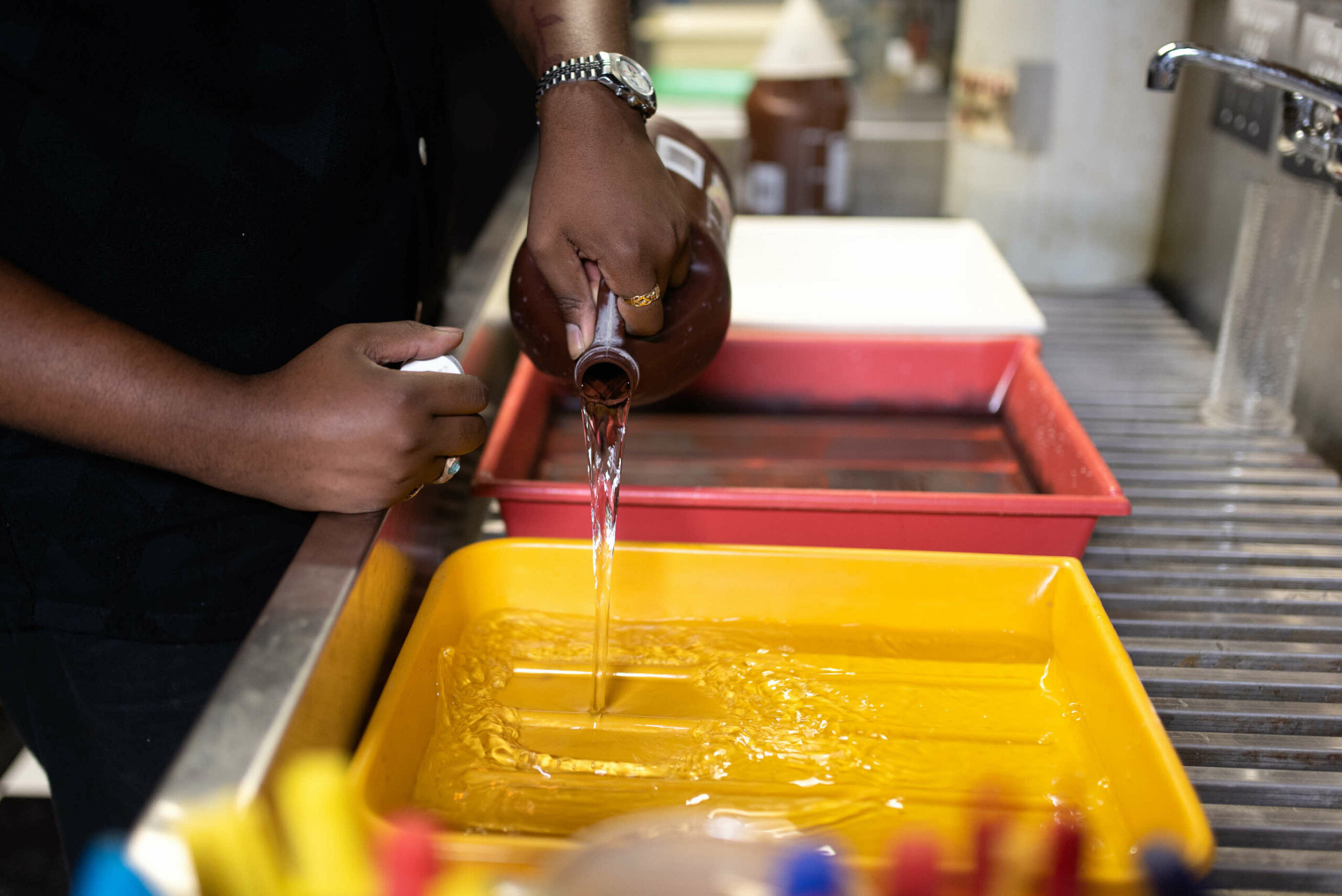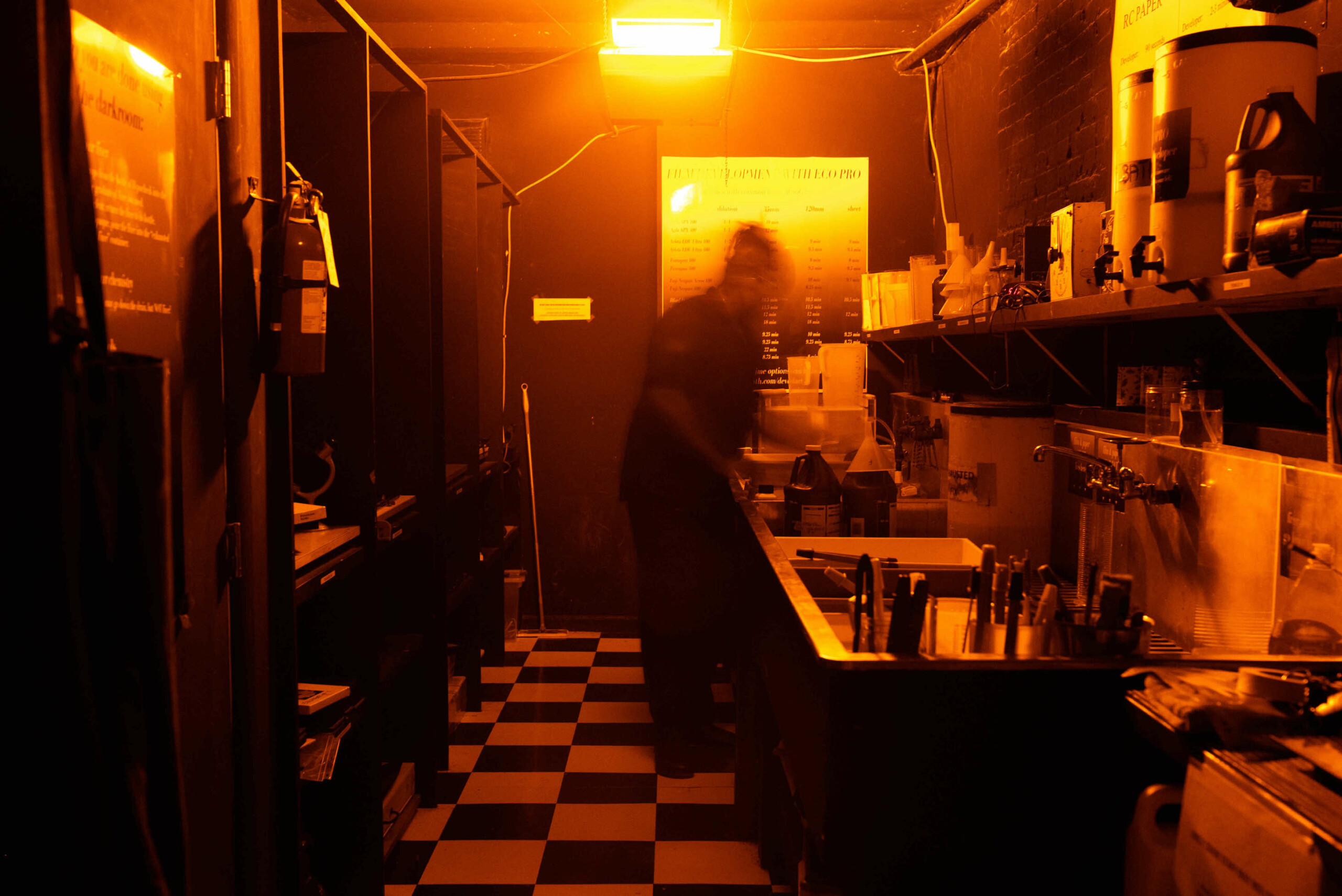Film developing labs are more than just places where they develop films; they’re like guardians of a special kind of art. Even as technology advances quickly, these labs are like guiding lights for people who love film photography’s skill, authenticity, and lasting charm. The magical process of turning sunlight and chemicals into memories keeps capturing our hearts and imaginations. This ensures that film photography’s unique art is integral to what we see and love.
Features of Film Development:
Preserving Tradition
Film developing NYC helps preserve the photographic tradition, keeping alive the magical process of developing images on film. These labs serve as a medium for those who appreciate film photography’s tangible, nostalgic quality. They play a vital role in preserving the craftsmanship and heritage of analogue photography.
Artistic Expression
Film photography is more than just capturing images; it’s a form of artistic expression. Film developing labs contribute to this artistry by carefully processing films to bring out each frame’s unique qualities. The hands-on nature of film development allows photographers to experiment with different techniques, creating images that convey a distinct mood and aesthetic.
Quality and Authenticity
A Film development lab is synonymous with quality and authenticity. The traditional film development process produces rich and deep images that digital technology often struggles to replicate. Film enthusiasts and professional photographers turn to these labs for the authenticity and unique character that film brings to their work.
Film Developing Process
Step 1: Film Processing
The journey begins when photographers submit their exposed film to a developing lab. The film is carefully removed from its canister in a darkroom or light-sealed chamber to prevent exposure to light. It is then loaded onto reels placed in a lightproof tank.
Step 2: Chemical Baths
The film is subjected to chemical baths, including developer, stop bath, and fixer. The developer brings out the latent image on the film, the stop bath halts the development process, and the fixer stabilises the image, making it permanent. Each chemical bath transforms a latent image into a visible photograph.
Step 3: Washing and Drying
After the film has undergone the chemical processes, it is thoroughly washed to remove residual chemicals. The film is then carefully hung to dry in a dust-free environment. This step requires precision to avoid water spots or dust particles marring the final image.
Step 4: Negative Scanning and Printing
Once the film is dry, it can be scanned to create digital negatives or printed directly onto photographic paper. Negative scanning allows for digital manipulation and sharing, while traditional printing methods yield physical prints with the distinctive look and feel of analogue photography.
Advantages
Richness of Tonal Range
Film photography, developed in a traditional lab, offers a richness of tonal range often compromised for its subtlety and depth. The process captures a broad spectrum of tones, from deep shadows to delicate highlights, contributing to film images’ unique and timeless quality.
Experienced Craftsmanship
Film-developing labs embrace the hands-on craftsmanship that defines analogue photography. Skilled technicians carefully handle each film roll, ensuring that the development process is executed with precision and attention to detail. This craftsmanship contributes to the authenticity and individuality of each photograph.
The tangible nature of film photography provides a sense of nostalgia and sentimentality. Photographers and their clients often appreciate the physical prints, which become cherished mementoes with a tactile connection to the past. Film-developing labs play a vital role in creating these tangible memories.

























